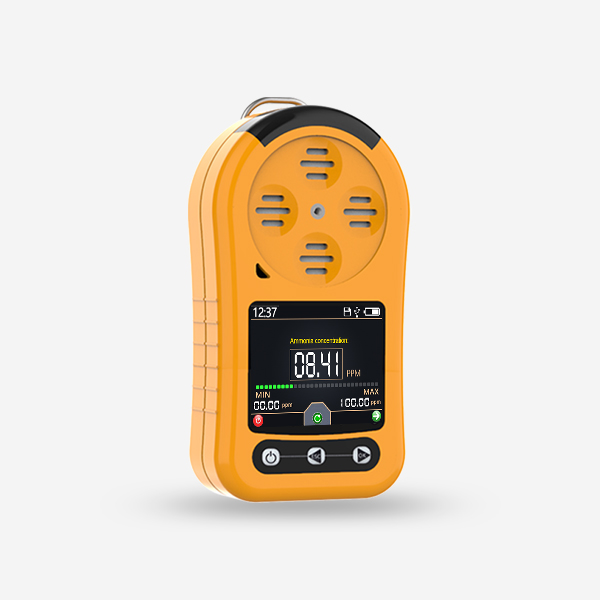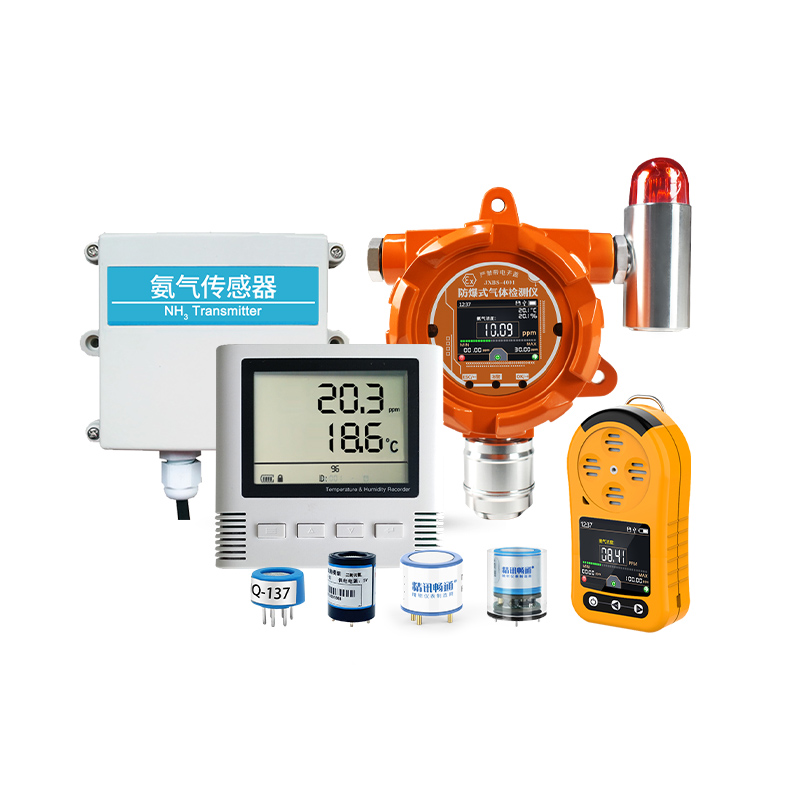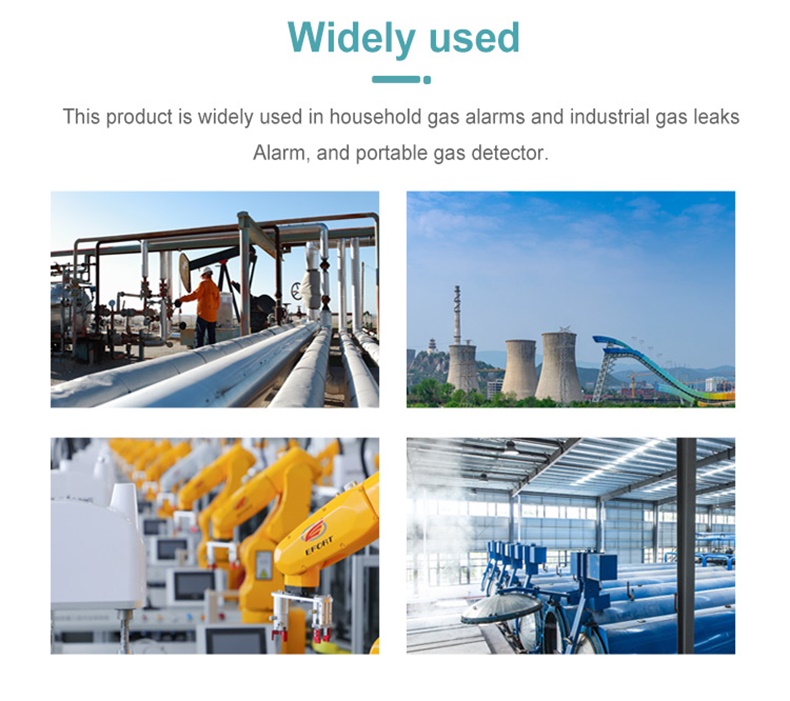Gas Detection Systems
Advanced gas detection systems play a vital role in identifying harmful gases. In industrial and commercial environments with hazardous gases, gas detection systems are critical to ensure the safety of people and the environment. This article will explore the main features and benefits of the system and highlight its significance in enhancing workplace safety.

Understanding Gas Detection Systems:

1.Overview of gas detection systems and their purpose.
2.Different types of gas detectors: fixed, portable, and wireless.
3.Gas sensors and their role in detecting specific gases.
4.Calibration and maintenance of gas detection system.
Key Features of an Advanced Gas Detection System:
1.Real-time monitoring: Continuously detects and monitors gas levels.
2.Alarm and alert systems: Instantly notifies personnel in the event of gas leaks or abnormal gas levels.
3.Data logging and analysis: Records and stores gas concentration data for future reference and analysis.
4.Integration capabilities: Ability to integrate with other safety systems and emergency response protocols.
5.Remote monitoring: Allows for real-time monitoring from a centralized control room or remotely through mobile devices.
Benefits of an Advanced Gas Detection System:

1.Early warning and fast response: Minimizes the risk of gas-related accidents by providing early warnings and allowing for quick response.
2.Personnel safety: Protects workers from exposure to harmful gases and creates a safer work environment.
3.Environmental protection: Helps prevent gas leaks into the environment, reducing the impact on ecosystems.
4.Compliance with regulations: Ensures adherence to safety standards and compliance with regulatory requirements.
5.Cost savings: Identifies potential gas leaks and enables prompt maintenance, reducing downtime and associated costs.
Applications of Advanced Gas Detection System:

1.Oil and gas industry: Monitoring pipelines, refineries, and storage facilities.
2.Manufacturing and industrial settings: Ensuring safety in chemical plants, warehouses, and production areas.
3.Laboratories and research facilities: Detecting and monitoring gases in controlled environments.
4.Mining operations: Enhancing safety in underground mines and coal mines.
5.Residential and commercial buildings: Protecting occupants from carbon monoxide and natural gas leaks.